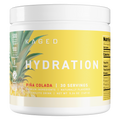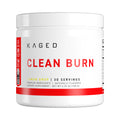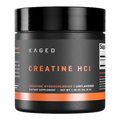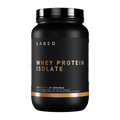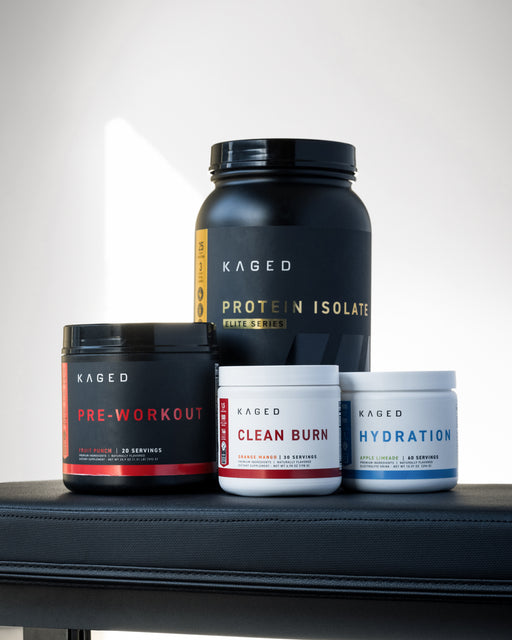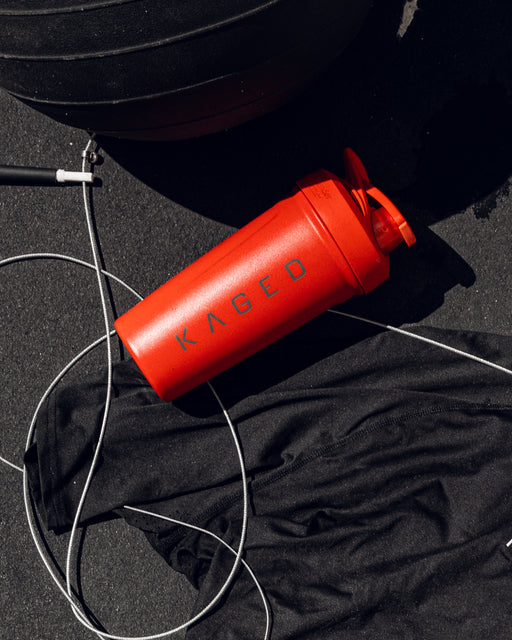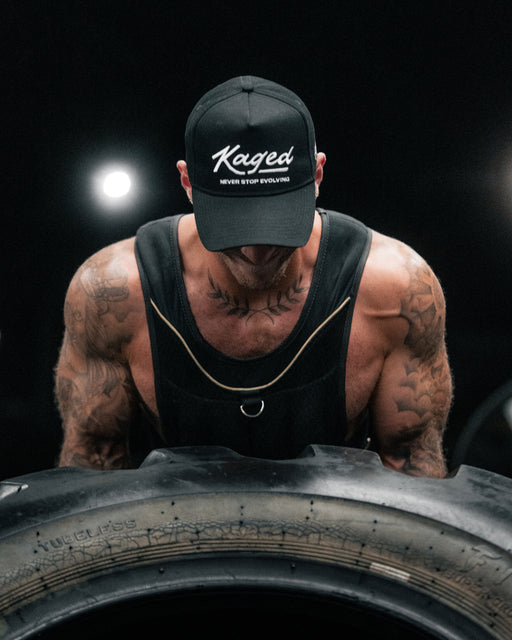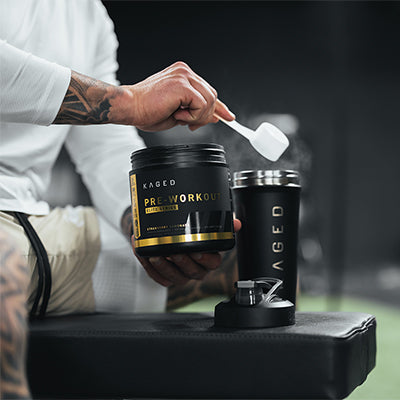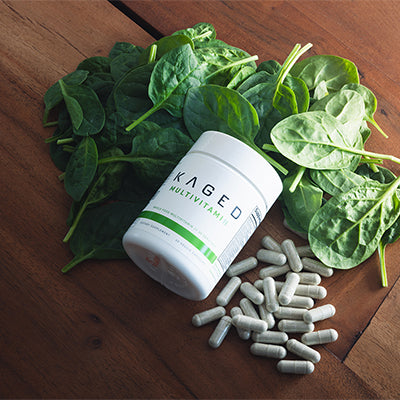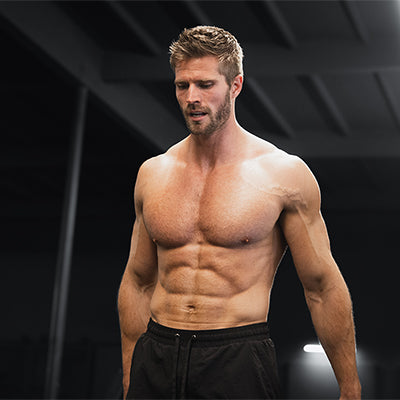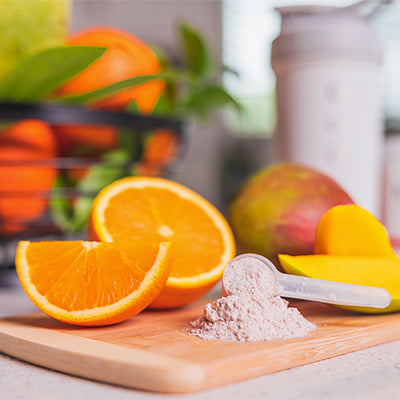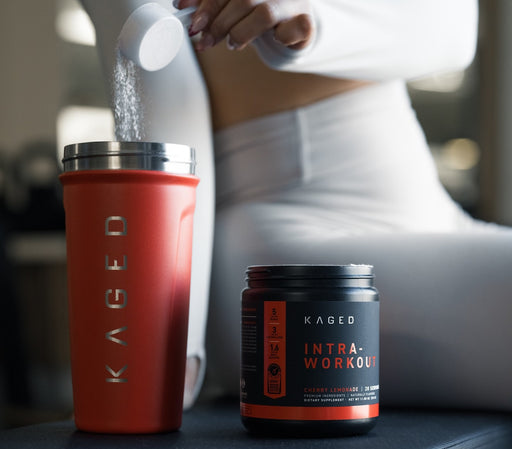As you can see from the chart, in terms of quality, it's no contest. But let's flesh out the nuance between whey protein isolate and whey protein concentrate.
Difference #1: Whey Protein Isolate Has More Protein Content By Weight
One measurable difference between isolate and concentrate is protein density.
-
Whey protein isolate is processed with additional filtration steps (like microfiltration or ion-exchange) to remove more fat, lactose, and other non-protein components. The result: ~90% or more protein by weight.
-
Whey protein concentrate usually lands in the 70–80% protein range, with the rest made up of carbs (mainly lactose) and fats.
For athletes tracking macros closely, especially in cutting or lean-bulk phases, those extra grams of protein per scoop can make hitting daily targets easier without adding unnecessary carbs or fats.
Difference #2: Whey Protein Isolate Has Less Lactose (Sugar) and Fat
Because whey isolate is more filtered, it contains far less lactose (milk sugar) and fat than concentrate.
This is a big win for anyone with lactose intolerance or dairy sensitivity, since isolate is often tolerated better with fewer digestive issues like bloating or gas. In fact, a scoop of Kaged Whey Protein Isolate has less than 0.1 grams of lactose.
It also makes isolate naturally lower in calories per scoop, which can help if you’re aiming for a calorie deficit or want the cleanest protein possible.
Difference #3: Whey Protein Concentrate is Usually a Budget Option
Whey concentrate generally costs less to produce because it skips some of the more expensive filtration stages. That lower cost often shows up on the shelf price. This hints at why many brands choose whey protein concentrate: it costs less for them to produce.
This has obvious benefits for companies, even if they’re passing it off as the highest quality protein.
At Kaged, we're proud to take some of the lowest margins in the supplement industry to provide a high-quality, 100% whey protein isolate at an affordable price. Isolate + lower margins = higher quality protein at a similar price.
Difference #4: Whey Protein Concentrate Often Tastes Better
Here’s one area where concentrate has a natural advantage: taste and texture. The small amounts of fat and sugar (lactose) in whey concentrate add richness, creaminess, and natural sweetness, making flavor formulation easier.
Whey isolate, on the other hand, starts with a “cleaner” but less creamy base, so it takes more skill and quality ingredients to get a flavor that matches concentrate.
That’s why many isolates on the market taste thin or chalky. But with Kaged Whey Protein Isolate, we’ve spent years perfecting the formula so you get great taste and creamy texture without loading it up with excess fat, sugar, or fillers.
How to Know You’re Getting 100% Isolate: Watch Out For "Blends"
Just because brands say they use whey protein isolate, they often use a “blend” of whey protein concentrate and isolate.
This allows them to have all the marketing advantages of whey protein isolate, while cutting their costs by using concentrate. Of course, this is deceiving, deceptive, and in our opinion, flat-out wrong. Here’s how you can see through it.
How to Spot Deceptive Proprietary Blends in Protein Powders
When ingredients in a product are listed as a proprietary blend, per regulations, ingredients must be listed in order. The top ingredient has a higher amount than the next ingredient down the list.
If whey protein concentrate is the first ingredient listed, then there’s more concentrate than isolate in that blend.
Other brands take it one step further to trick you into believing they have a premium protein by having whey protein isolate as their first ingredient, then whey protein concentrate as the second ingredient, then a bunch of other proteins in descending order under a cool blend name.
All this means is that the first ingredient, whey isolate, has a higher percentage than the second ingredient, whey concentrate. However, you still won’t know how much whey protein isolate is in their blend. If there are a handful of types of protein listed, it’s likely not much.
Blends have their place. We offer a whey and casein blend. But brands should be transparent about the breakdown of each type within the blend.
At Kaged, We Only Use 100% Isolate Protein
For all of these differences, in in Kaged proteins, we only use 100% isolate forms.
This goes for those with whey and those with casein, as we use the ultrafiltered micellar casein form.
Delicious, Clean 100% Whey Protein Isolate
Our ultra-filtered, 100% whey protein isolate is our answer to this problem with the supplement industry. We cut no corners in making sure it’s delicious without the unwanted fat, sugar, lactose and filler. Every scoop contains 25 grams of protein from 100% whey protein isolate.
We also include digestive enzymes to make it easier on the stomach.

SHOP WHEY PROTEIN ISOLATE
FAQ
Is Whey Protein Isolate Okay If I’m Lactose Intolerant?
A typical serving of Kaged Whey Protein Isolate has less than 0.1 grams of lactose. Most experts agree that some individuals with lactose intolerance can safely consume this trace amount of lactose with no discomfort. However, consult with your healthcare provider before consuming Kaged Whey Protein Isolate if you are lactose intolerant or sensitive to any of its ingredients.
Do Kaged Proteins Use 100% Isolate?
Yes. We only use isolate forms and avoid concentrate.
Wait, So What Is Casein Protein Isolate? How Is That Different?
For all types of protein powders, you can find concentrate and isolate forms. Micellar Casein Isolate is superior to micellar protein concentrate for the same reasons.
The difference is the source. Casein comes from milk protein, whereas whey protein comes from whey.
You can read more about these differences in this article on whey vs casein protein powder.
Is Whey Protein Isolate Suitable for Vegans or Vegetarians?
It’s vegetarian, but not vegan.
Does Whey Protein Support Weight Loss?
Whey protein does not directly help you lose weight. However, indirectly, in conjunction with a great diet and exercise plan, it can help. This is for a few reasons.
High-protein foods can increase satiety, or help you feel full. This can help you manage your caloric intake. Protein also helps you preserve muscle mass if you’re in a caloric deficit, making it a useful tool as a part of a fat loss plan. However, whey protein is not magic, and if you want to make changes to your body, it comes down to putting in the work in the gym and the kitchen.
Regardless of your fitness goals, whether you want to lose weight, build muscle, improve for performance, or just feel better, whey protein isolate can be one piece of the puzzle.
